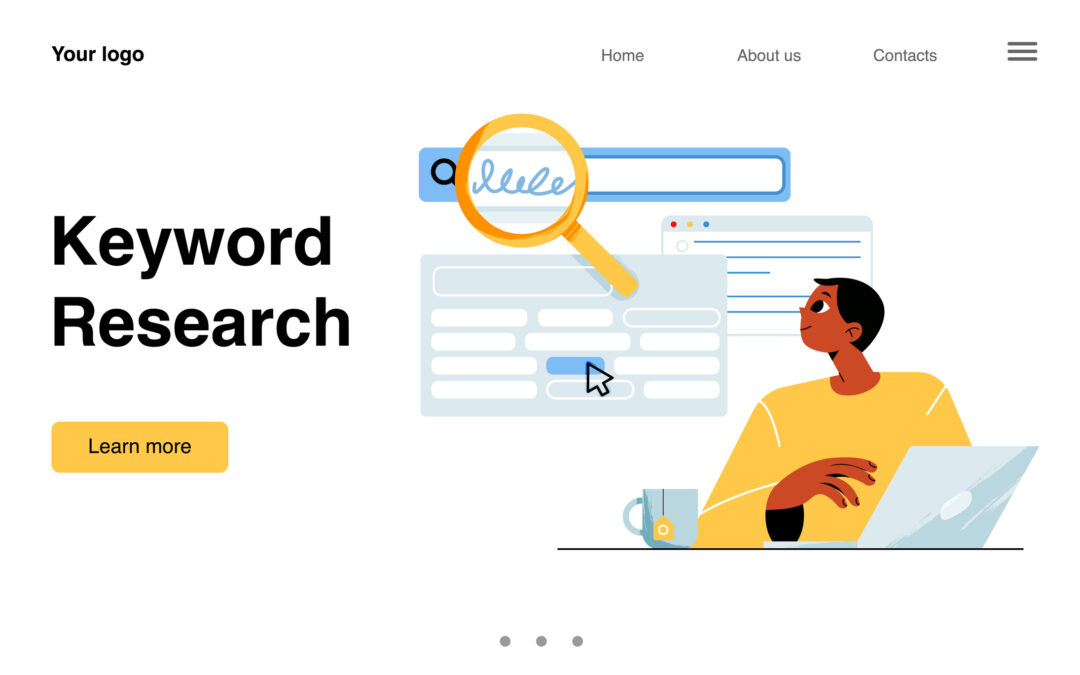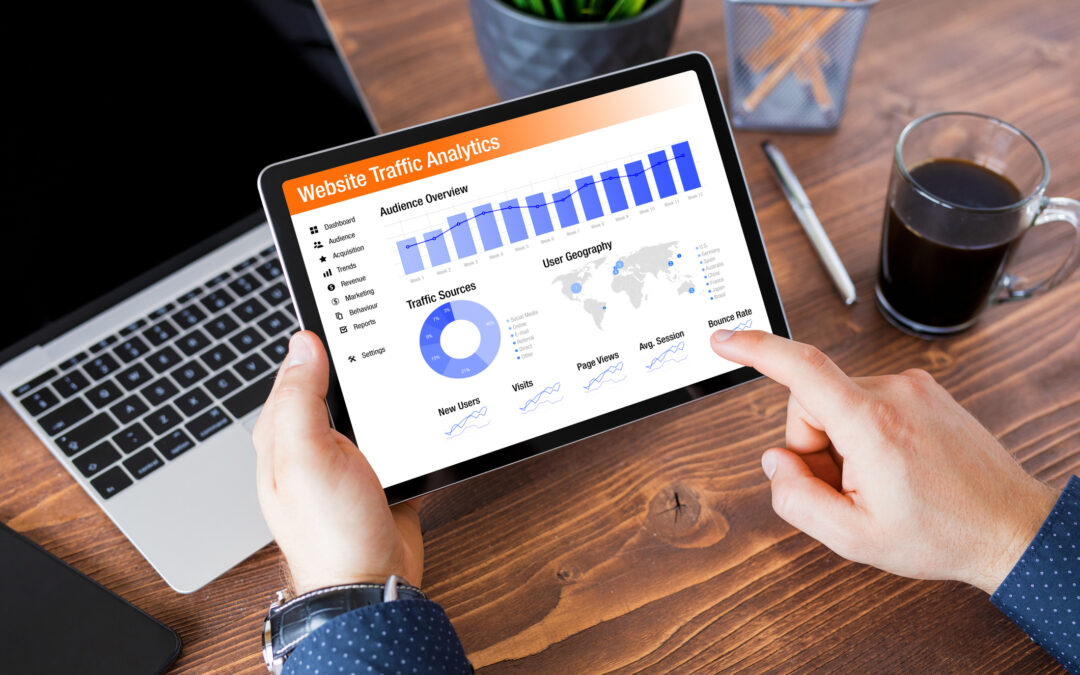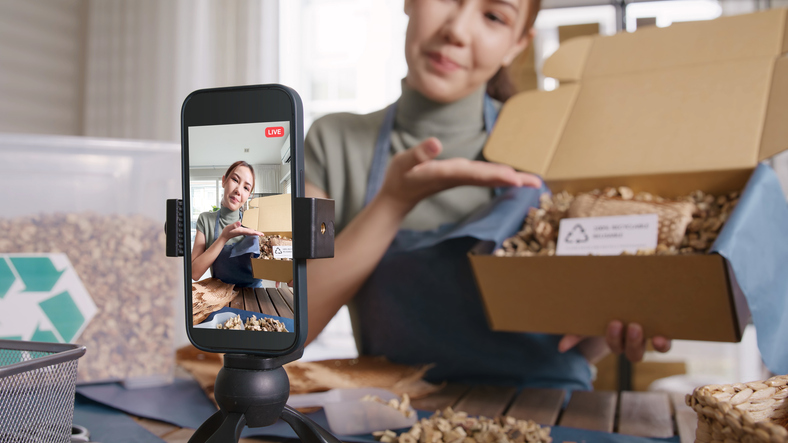
9 Ways To Reach Pet Owners
Pets are incredibly important to their humans – they are another member of the family. Because good pet owners want the best for all members of their family, they tend to shell out quite a bit of money on their pets – whether for grooming services, veterinarian services, toys, apparel, boarding, or other expenses.
According to Forbes, as of 2024, 66% of U.S. households (86.9 million homes) own a pet. Further, 97% of pet owners consider their pets to be a part of their family.
A report from the American Pet Products Association (APPA), said that American pet owners spent $136.8 billion in 2022, purchasing the following pet products and services:
- Pet food and treats: 58.1 billion
- Vet care supplies: $35.9 billion
- Pet supplies and over-the-counter medications: $31.5 billion
- Other pet-related services, such as pet insurance, grooming, and training: $11.4 billion
Simply put, there are many people in America, and in Lancaster PA, who are willing to spend plenty of their hard-earned cash on their pets. So what are the best ways to reach that audience?
Pet retailers have been finding new, inventive ways to engage consumers with their brands when it comes to addressing pets’ needs. These digital marketing strategies are great ways for brands to distribute their message to reach pet owners.
Identify Your Target Audience
First and foremost, it’s key to understand exactly what your target audience wants. If you’re able to gather some research, particularly about age, types of pets, and spending behaviors, from first-party data, this will give you an understanding of what will resonate best with those who you hope become customers.
Prioritize Content Marketing
Typically, when pet owners have a question about caring for their pet, they’ll use a search engine, usually Google, to find answers:
- Appearing in search results can bring web traffic to your business’s site through content marketing. Content marketing gives brands the opportunity to create and share pertinent information through articles, blogs, or downloadable reports that are designed to target a specific consumer segment.
- Content marketing is an important and effective marketing strategy because it provides answers to the questions pet owners are interested in knowing. Informative content will help the pet retailer become a trusted source to consumers, promoting brand awareness while increasing traffic to pet retailers’ websites. Some examples of this type of content for your business’s website are:
- What are the best chew toys for dogs?
- What are the different cat litter options and which ones are really dust-free?
- Which cat foods are best for finicky cats?
- A review of different types of dog harnesses that are best for dogs that pull.
- How to groom dogs with curly fur.
- Dog dental hygiene – how to brush those teeth.
All of those topics provide information that pet owners might be searching for, and also are about topics relevant to your pet-related business. By creating great content on your site you are helping both your customers and your business.
Engage In Email Marketing
Email marketing is one of the most effective digital marketing tactics for building brand awareness and increasing leads:
- The best thing about email is that when it’s sent to the recipient, they’ll open it on their own time when they know it’s convenient for them to read. This will give them a chance to absorb your communication more thoroughly.
- Email marketing comes in a variety of types: newsletters, promotional campaigns, invitations, survey emails, and more. These emails can be used strategically for different purposes. For example, if you’re trying to gauge what products would be most helpful to your email audience, you may send out a quick survey for them to complete. Offer your recipients a prize drawing to give an incentive to complete the survey.
- Email can help you build relationships with customers by sending emails that include behind-the-scenes stories, frequently asked questions, information about your staff, local pet news, and rewards for loyal customers. Your customers want to build a relationship related to pet care, because it’s another form of providing the very best for their pet.
Whether you’re a dog groomer, dog walker, pet store owner, or veterinarian, you’re most likely competing with some big brands for customers’ attention. Email marketing can help you build a bond with your customers that will position you as an authority on pets in your area. This will help you get to know your customers on a personal level, setting you apart from the competition.
Be A Trusted Resource for Your Audience
Pet owners committed to providing great care for their furry friends often have many questions. You can serve as a resource by providing answers for pet owners needing reassurance.
- Include a section on your website that addresses frequently asked questions or start a blog that allows you to feature experts to provide insights into pet care. This will help establish your brand as having a voice of authority and trust, which are critically important traits for potential customers to associate with a business that provides care for their pets. Further, when a blog or new website section generates new topics and discussion, it will contribute to your website ranking higher on Google search results.
- Remember to stay consistent with updated content. Potential customers will be drawn to a business that is reliable and always updating its website with new insights on how to serve pet owners.
- Be available to your audience. Part of building a trusting relationship with your audience includes opening the lines of communication, so customers feel they can ask about your products, services, and how it will impact their pet. Include contact information prominently on your communications and encourage customers to never hesitate to ask.
- Having a content hub of answers on your website will also increase the number of keywords included on your website, which will boost your Google ranking search results.
- Use this information elsewhere as well. You can create social media posts out of blogs and expert articles Make sure everything is under one umbrella of content strategy, and your message will be amplified to a wider audience.
Host or Participate in Pet-Friendly Events
Events are a great way to connect with customers and build your brand. Being face-to-face with your target audience will help you develop a more personal relationship with potential customers, as you have more of a chance to interact with them.
Naturally, pet owners will be most responsive to events that they can bring their pets to. This could include events at the dog park, pet-friendly restaurants, bars or cafés. In-person and pet-friendly events also may provide a chance for you to show potential customers how a product or service can be beneficial to their pet’s life. For events with vendors, set up a table with business cards and giveaway items, to increase the professionalism and logo recognition of your brand.
Build an SEO-Friendly Website
The quality of your website is critical because you really only have a few seconds to capture the interest of visitors when they land on your site. A good website has what it takes to reach, engage, and support your visitors – and encourage them to return.
A few critical components your website should have in order to reach pet owners include:
- Engaging images that tell your story, ideally real photos of your business, staff, and products. Stock photos just do not convey authenticity.
- Clear navigation throughout the website.
- Calls-to-action that will entice the visitor to click to purchase or contact you.
- Contact information for your business, by phone, email, and physical address.
- Design that aligns with your overall brand, logo, and name, including use of colors and fonts.
- Cross-linking between pages of your site to encourage visitors to keep browsing.
- Clear use of headings, paragraphs, and bullet points to make your content easy to read.
Build a Social Media Following
Customers turn to Facebook, Instagram, TikTok, YouTube and other social media platforms for a wide variety of information, including pet retail locations, new products, tips for their pets, coupons, and pet-friendly events. Facebook is the best social media platform for pet retailers to be on, but Instagram and other social media platforms are also worth exploring. With Facebook’s particularly targeted and effective Ads platform, you have a guaranteed way to reach the pet owners:
- According to The American Pet Products Association, it is estimated that approximately 37 to 47 percent of all households in the U.S. have a dog, and that 30 to 37 percent have a cat. With 90 percent of young adults ranging in ages 18 to 29 and 65 percent of adults overall on social media, there’s potential for a large amount of leads for pet retailers.
- Using Facebook’s analytics, you’ll be able to see what types of posts have the biggest impact on your audience and when most of your page’s fans are online. This information will help you craft content for the utmost impact.
- Creativity with social media can pay off. People tend to love photos of pets and cute animals on social media, so lean into that with your business.
- Consistency is key. The best way to build a following on social media is by having a consistent schedule, so your audience has expectations about when they will hear from you. Create a calendar to post a few times a week, and stick with it.
- Use social media ads and boosted posts. Not only should you be using your own social media page to post and build a following, you should also consider launching a digital social media ad campaign because it will allow you to reach a larger audience than just regular posts. Organic (unboosted) posts on Facebook will only reach a small portion of your followers, as low as 5%. Facebook and other social media platforms want you to pay to reach more people. Boosting your posts is a low-budget, easy way to expand the reach of your posts beyond your followers, but the targeting options are limited. Using a social media ad campaign unlocks the full potential of targeting and audience on each social media platform.
- Ensure people know how to follow you on social media. You can display your social media handles on a sign in your store and they should be prominently featured on your website.
Tell Your Story Effectively
If you have decided to pursue a business centered on improving the lives of pets and pet owners, it is likely rooted in a personal story and a deep love for animals. People love to connect and bond over common interests and loves – and it’s important that you connect with fellow animal lovers in an authentic way.
Whether via social media platforms, blog posts, signage around your business’ physical location, or organic conversation, it’s important to be clear with customers and potential customers about why you love animals, why you sell the products or services you do, and why you’re the best in the business. When you are able to communicate these points with sincerity and enthusiasm, people will be more likely to invest in your brand as a whole. This can also really help with retaining customers for your business.
- Keep your story consistent and genuine.
- Inject emotion into your storytelling without being saccharine. People tend to be emotional about their pets, so remember that, when handled well, professionalism is not devoid of emotion.
- Use photos and videos. If there’s anything pet lovers to do, it’s taking photos of their furry family members. Chances are, they’ll love to see photos of yours as well. You can even ask customers’ permission to feature their pets on your social media page.
- If you can, partner with an influencer who can help you tell your story. If there is someone in your local community who posts constantly about their pets or works for an animal shelter or runs a blog that often talks about animals, reach out to see if they’d be willing to enter a partnership or become a brand ambassador. This strategy can open your business up to a whole new audience. You can look for influencers, who may not even consider themselves influencers, in different age demographics. For younger audiences, look to Instagram and TikTok. For a slightly older audience, look to Facebook and blogs.
Align With Animal-Related Causes Your Audience Cares About
According to Consumer Goods Technology, 82% of shoppers want a consumer brand’s values to align with their own, and they’ll vote with their wallet if they don’t feel a match. While it doesn’t make sense for a small business to take a stance on many current issues, you can bet your audience will be in alignment on issues that involve animal welfare. Don’t be afraid to make this a part of your brand story. It can even be a topic for your blog or it can be featured in social media posts.
TL;DR:
There are many ways to effectively reach an audience of pet owners, but the best is through a combination of SEO, social media and email marketing, face-to-face interactions and relationship-building, and an attitude based in authenticity.
If you are a pet retailer looking for more marketing ideas, contact us today. We’ll help you strategize and develop a plan that will both reach pet owners, boost your business, and help you make a true difference in the lives of pets and their owners.






